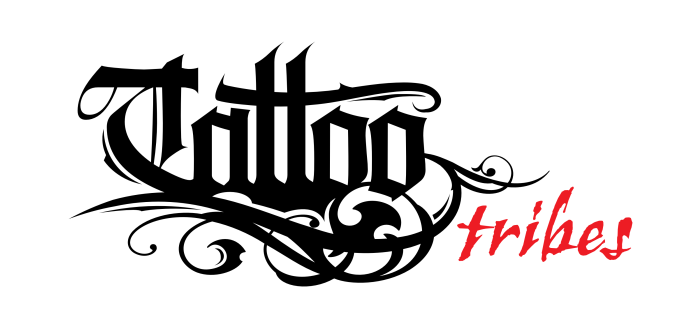A Bond with Nature and Immortality

Tattoos were initially a way to establish contact with Nature and its forces, which seemed to be ruled by invisible powers that humans tried to appease by means of offers and rituals, including the shedding of the blood that comes with the tattooing process.
Ink, originally obtained from ash or soot from burnt wood and nuts, was inserted below the skin and served to create a bond between humans and Nature and its spirits. It is not by chance that the Samoan words 'ele'ele and palapala indicate both "soil, earth" and "blood".
Several other examples testify to the importance of tattoos throughout Polynesia. The Samoan word tatau has the double meaning of "to strike till completed", and of "proper, necessary", for example. The Maori hero who brought permanent face tattoos to humanity was named Mataora, which literally means "living face". The word mata alone means "face", but also "raw, immature". Only after the tattoo is applied to the face does it become complete, "living".
According to Mataora's legend, although humans are doomed to die, they become similar to the gods by receiving their tattoos, thus earning some kind of immortality.
This sense of perpetuity is strongly related to tattooing and is something humans have sought after over the ages.
The Dualism of Pō and Ao
In order to better understand the nature of Polynesian tattoos though, it is necessary to introduce the dualism at the base of the cultures to which they belong: everything stems from the interaction between pō and ao.
Pō = Darkness, the world of the spirits, from where all knowledge comes.
Ao = Light, the world of the living, its secular counterpart.
The world of the spirits is sacred, and the world of the living is its secular counterpart. Where the pō enters into the ao, it imbues it with power and sacredness, making it forbidden to be approached without protection.
Tattoos play on the alternation of black elements and empty parts. They are visible on the outside of the body but cause the shedding of blood from the darkness within it when they are applied. They embody aspects from both worlds and can therefore represent a bridge between them.
Mana, Tapu, and Protection

The concepts of power and sacredness are fundamental in every aspect of Polynesian life. They are called mana and tapu.
Mana literally translates as "power, effectiveness, and authority", and it is a spiritual force with supernatural origin that imbues every living being as well as all inanimate objects. Tapu, or "sacredness", represents a quality related to this force: anything possessing a very high mana is sacred and therefore cannot be approached without adequate protection.
Tattoos, on account of their dual nature, can give such protection. They form a barrier that protects from the tapu outside and prevents the mana inside from flowing out.
The inclusion of elements in the tattoo related to ancestors also helps collect and preserve their mana, fixing it into the tattoo and passing it on to their descendants. (The ipu, or "gourd, container", is one of such elements used in Marquesan tattoos.)
Cosmetic and Fertility Function
Finally, Polynesian tattoos do have a cosmetic function: they adorn the body to make it more appealing, and in some cultures they were used to contrast and disguise the wrinkles of age.
Polynesian tattoos also have a strong connection with sexuality and fertility, and the first tattoo marked the passage of both boys and girls from childhood to maturity.


Social Function and Ancestry
Tattoos have a social function in Polynesia: they show ties to a community and represent a connection with the ancestors in a similar way as the meeting houses. The long houses where the community met had decorations and carvings representing ancestors.
They both serve the double purpose of keeping the community bonds strong and of showing the lineage and ancestry of the chiefs.